How the PV Indian came to be
Pascack Valley students in the 1966 yearbook, “The Warrior.” The Indian mascot was chosen in 1954 by a committee of PV students and faculty.
(Editor’s Note: While the Indian had been used for years as Pascack Valley’s mascot, few know the history behind its creation. In our eighth installment of our “What’s in a Name?” coverage package, last year’s Editor in Chief Rachel Cohen explores how our mascot was chosen. Bob McSpirit, a 1956 PV alum, was emailed this school year and the Q&A is displayed below.)
 Francesca Moskowitz said Pascack Valley was very proud to have a Native American mascot and logo.
Francesca Moskowitz said Pascack Valley was very proud to have a Native American mascot and logo.
“At the time, [I’d] never heard anybody disparage the Indian,” said Moskowitz, a 1959 PV alum who is currently a trustee at the Pascack Historical Society in Park Ridge. “It was always a symbol of respect. It was a sense of pride. We were ‘green and white. Fight. Fight.’ We were the Indians.”
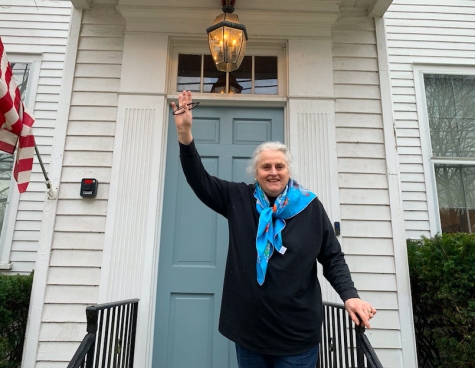
Moskowitz, who was a freshman in September of 1955 when PV first opened, said the Indian mascot and the school colors of green and white had already been chosen before students entered the building.
In the Bergen Record article, “Parents, Pupils To Take Part in Planning Of Regional High,” from Nov. 1, 1954 , former PV Principal James A. McNeil said students would have a voice in “selecting the school colors, composing new songs and cheers, and organizing a completely new newspaper and yearbook.” Students would also be tasked with “organizing such activities as band, orchestra, glee clubs, and groups of many other kinds.”
“Students were involved in talking about [the mascot], meeting about it, and voting on it,” Moskowitz said.
The minutes from the Board of Education’s Nov. 8, 1954 meeting also said a student advisory committee was formed and “[the school’s] emblems, rings, cheers, school colors, symbols, paper or magazine, yearbook and allied subjects had been discussed.”
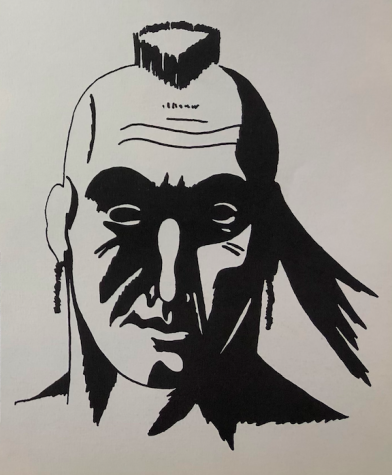
The 20-student group worked with McNeil, along with a guidance counselor and teachers, according to a Nov. 5, 1954 article in The Bergen Record (“Four Members Are Added to Student Advisory Unit”). The committee’s first meeting was held at BOE President William F. Van Tassel’s house at 52 Hillsdale Avenue.
The BOE meeting minutes also said that “the emblem of the Indian wearing a roach style headdress was chosen as the school emblem” and “Mr. [Donald] Wyckoff will execute a larger rendering of the Indian which will grace the entrance hall.”
Wyckoff, who was the head of the school’s art department, would also pick the architectural layout for Pascack Hills before it opened in September 1964 and was “a really good artist,” according to former editor of PV’s yearbook, The Warrior, and 1959 graduate Darwina “Vicki” Slockbower.
“I remember taking his classes — he was very well-liked,” Moskowitz said. “He always had a smile [on]. He was very encouraging and tried to bring the best out of all students.”
Fred DeRobertis, a former art teacher and art supervisor at PV for 36 years, drew the current version of the front-faced Indian head logo. Moskowitz and Slockbower said that it was possible that the community chose the Indian mascot to show their pride of the Native American history in the area.
“Everyone would find arrowheads in the ground,” Slockbower said. “We knew there were Indians around here and I guess Pascack sounded like an Indian name. So they said, ‘Let’s call us the Indians.’”
Q&A with PV alum Bob McSpirit
(Editor’s Note: Bob McSpirit was a part of the committee that helped choose the PV Indian mascot and nickname. His daughter Laura McSpirit currently works at PV as the internship program coordinator. We made contact with McSpirit in October and all questions were answered through email. All answers and punctuation are exactly as written by McSpirit.)
How were you picked as part of the advisory committee?
There was not an “official” committee. Any student who wanted to have an opinion on who/what should represent Pascack Valley was invited to attend the meetings. The principal was very involved and oversaw the meetings.
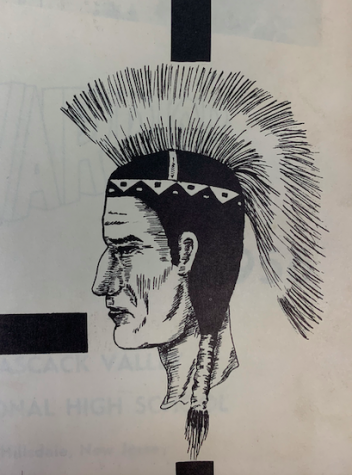
How often did you meet?
A few times. The principal [Mr. Jack Lewis], faculty and student body were very happy with the choice of the Lenape Indian to represent the school. No other “mascot” was even considered.
Why was the Indian chosen as PV’s mascot?
First, it was not just an “Indian” nor was it meant to be a “mascot”. It was very well thought out. It was respectfully chosen for the Lenni Lenape tribe, for which their land that the high school occupies as well as most of Bergen County was taken from. Everyone involved in choosing the Indian did it out of respect for them as well as remorse for what our ancestors did when they took their land from them. They didn’t want them to be forgotten. Their name Lenni means “genuine, pure, real, original,” and Lenape means “Indian.” The symbol of the Indian represents bravery, dignity, unity, family, resilience. Everything we thought our new school should represent.
Who drew the logo?
I am not entirely sure, but I believe it was an art student. Although we didn’t originally have a logo. I am not sure when that came about. In the 1956 yearbook there is a drawing of a Lenape Indian on the very first page. I do not know how it was changed over the years or who made the changes.
What did the logo look like and what figure was it inspired by?
It was always meant to represent the Lenni Lenape Indians. If you look at images from their tribe, you would see the young men always had mohawks. The artist, I am certain, was trying to make sure they were properly depicted. If you look at the very first yearbook, “The Warrior” and read the foreword you would understand the reason for that name as well. All the same concept, all trying to be respectful of people we stole from. The intent was to remember the Lenapes, respect them and make sure they were not forgotten.
I wrote a letter to [district Superintendent Erik] Gundersen several years ago explaining all of this. I suggested at that time that perhaps it would make sense to include in the entrance to the high school and athletic field a short dissertation on the lives of the Lenape Indians, once again showing our respect for them. Now with technology something on the district’s web page should be included.
There was never any ill intent to make this an offensive depiction of the Lenape Indians, only a way to show remorse for what our ancestors did and again uphold respect for them. Obviously the principal, superintendent and Board of Education approved the decision in 1956. It is a shame that certain administrators and others now think it was/is a racially motivated decision. My classmates (those that are still present, many have passed) and I are mortified that this was even a topic of discussion.
Perhaps it would have been a better idea to have this interview before the Indian was stripped from where it was for well over 60 years. A figure that students, faculty and administrators identified with and in my opinion tried to uphold the ways of the Lenape Indians. Unfortunately, there was no respect given to anyone who loved the Indian and what he represented when he was stripped from Pascack Valley. No vote? No questions previously? Nothing put out to the public? Why now?

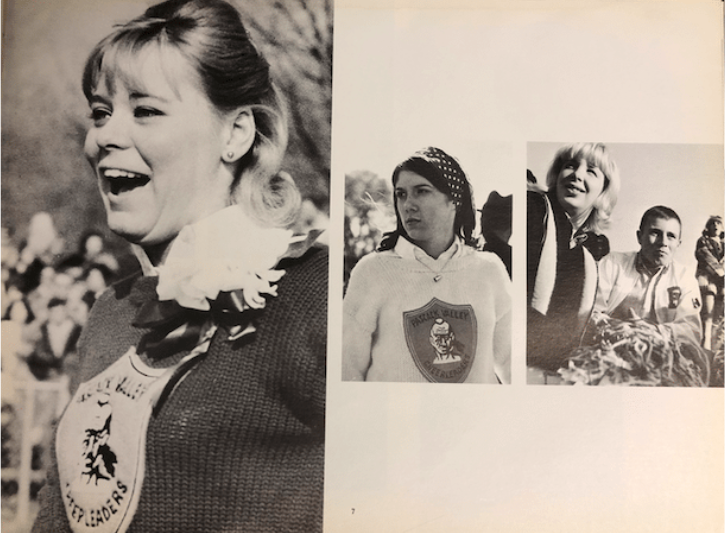
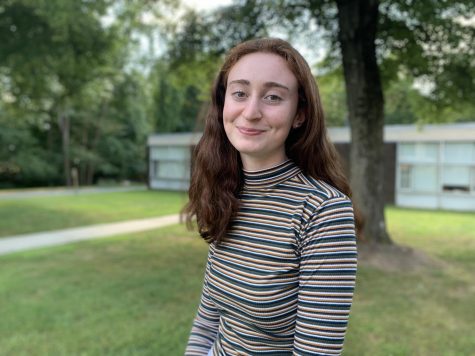
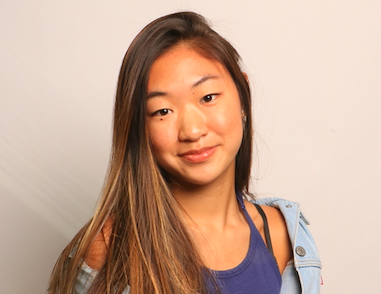
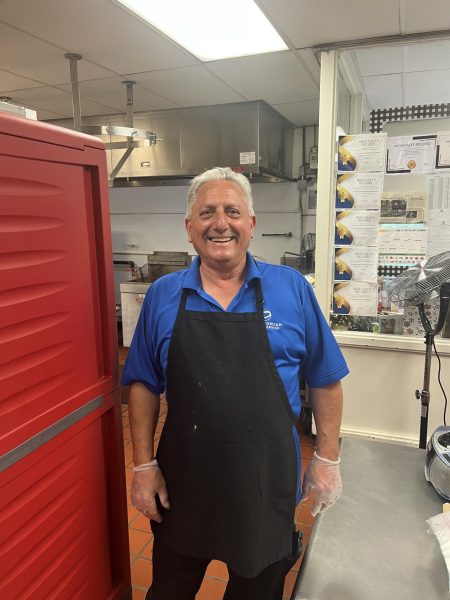
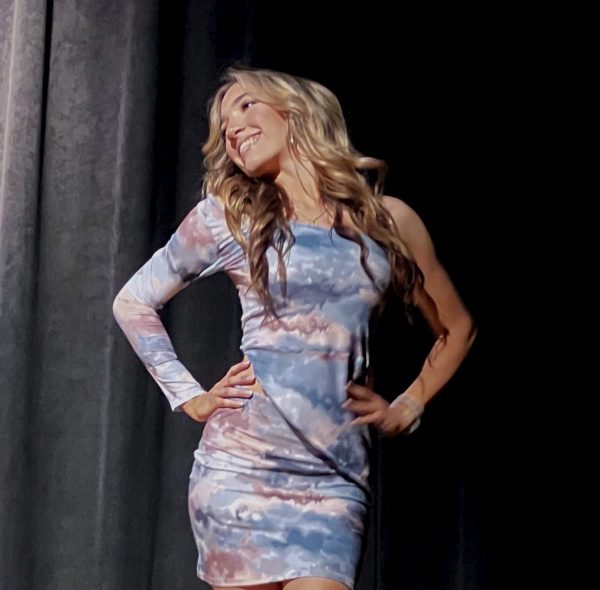
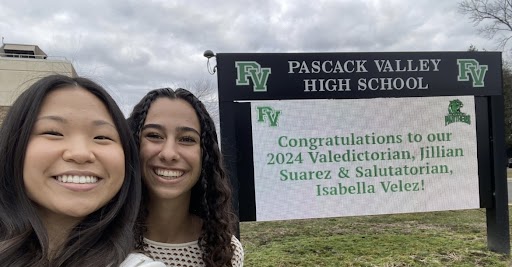
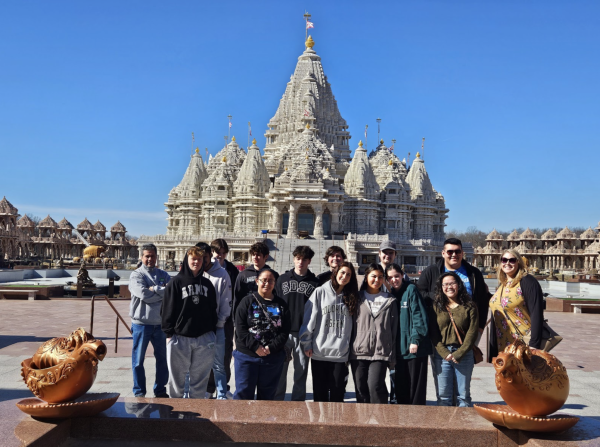
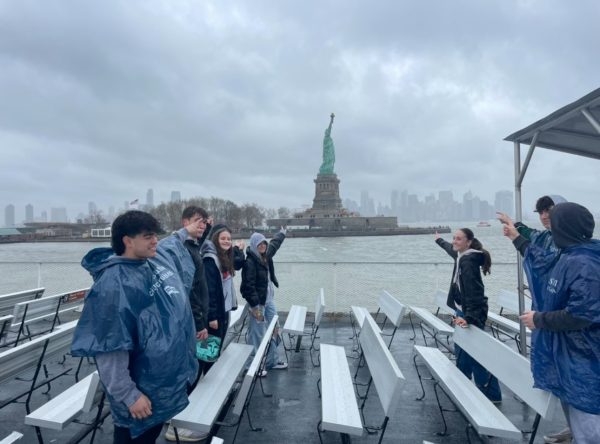
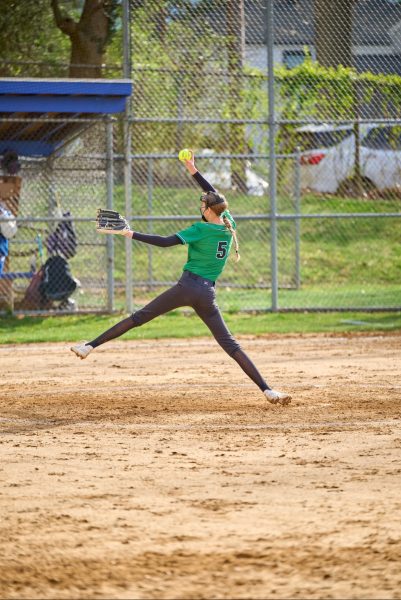

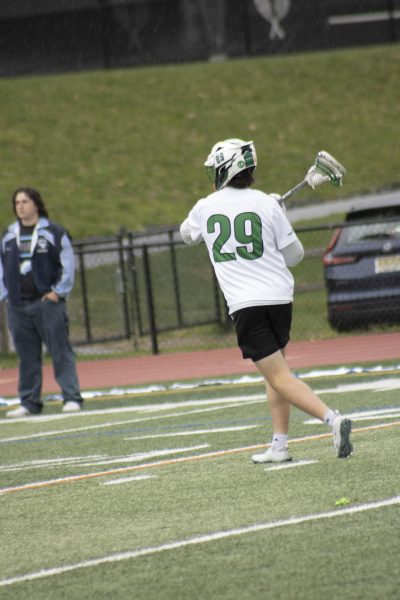
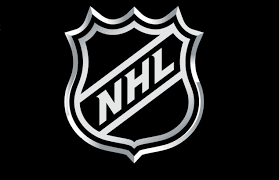
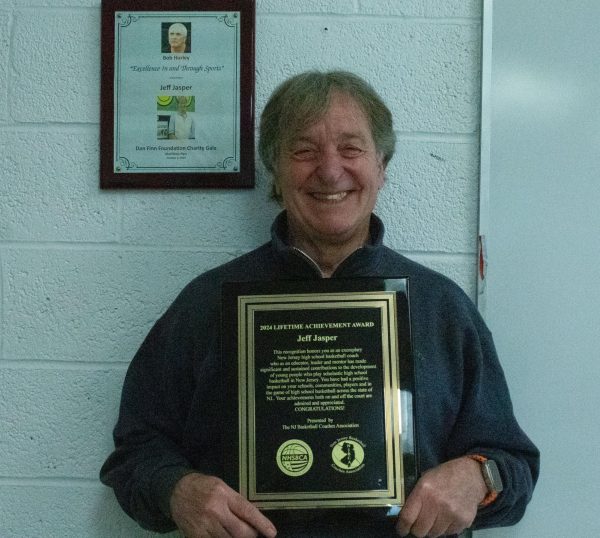

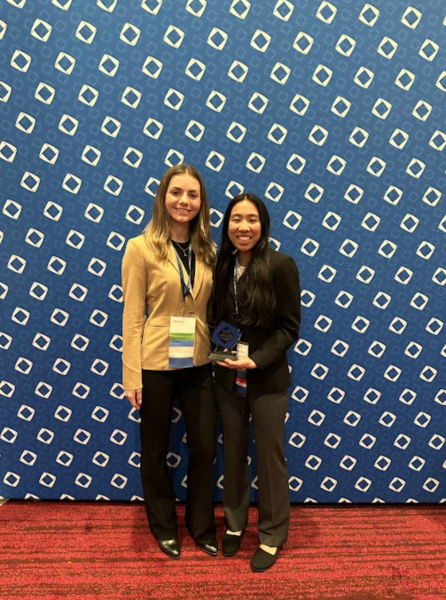
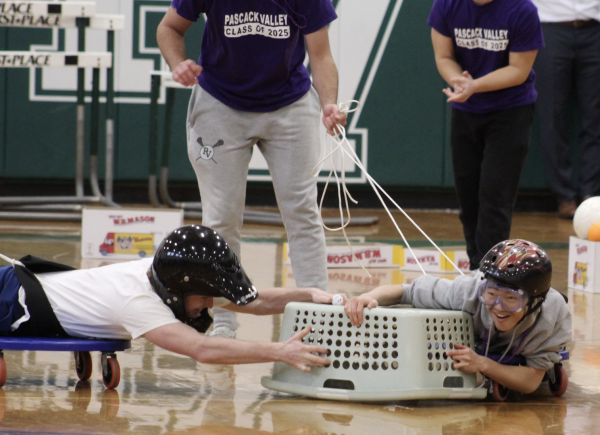
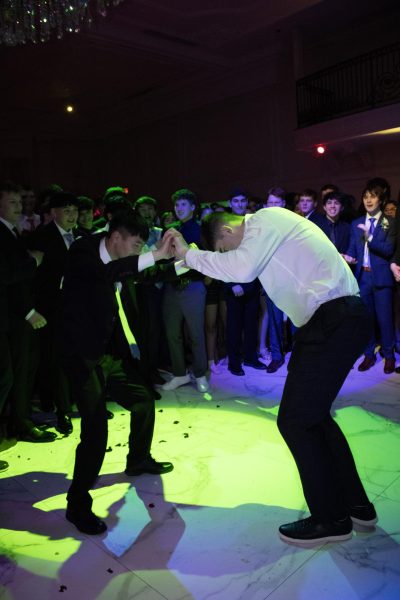
Georgia Singleton-Major • Nov 16, 2020 at 9:35 am
My older sister, Rosalie Cala, may she rest in peace, was a 1959 PV alum. She was proud to attend this brand new school & proud of its mascot/emblem,The Indian ❗ My two older brothers and myself, all went to PV and we all were very proud Indians❗
To take this mascot & all that it stands for away, is in my opinion, mortifying ❗ There was never any disrespect to the Indians when this mascot was created❗ It was out of the upmost respect for the Lenni Lenape Tribe to dedicate this mascot to them to show how very sorry we were for taking their land away ?
To remove this mascot now would be erasing the history of the Native American Indians that occupied most of Bergen County ❗ History should never be erased❗
I was & still am a mighty, mighty Indian ❣